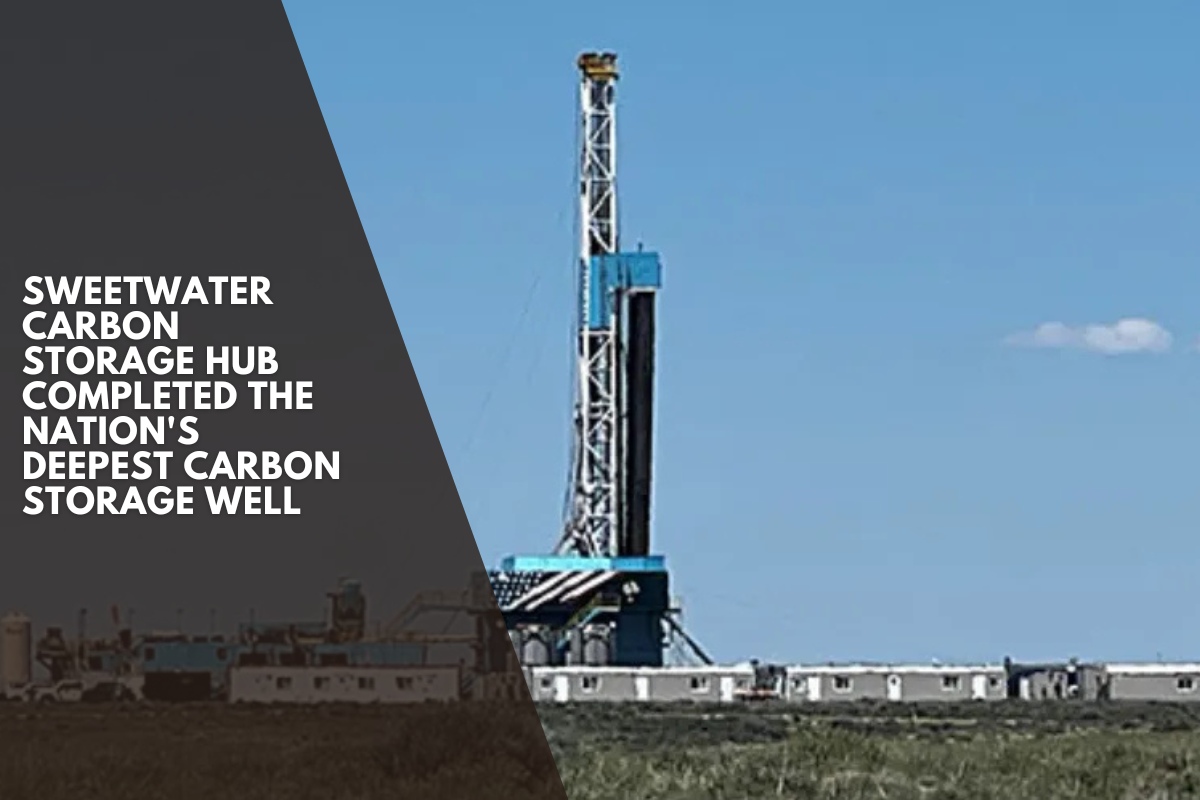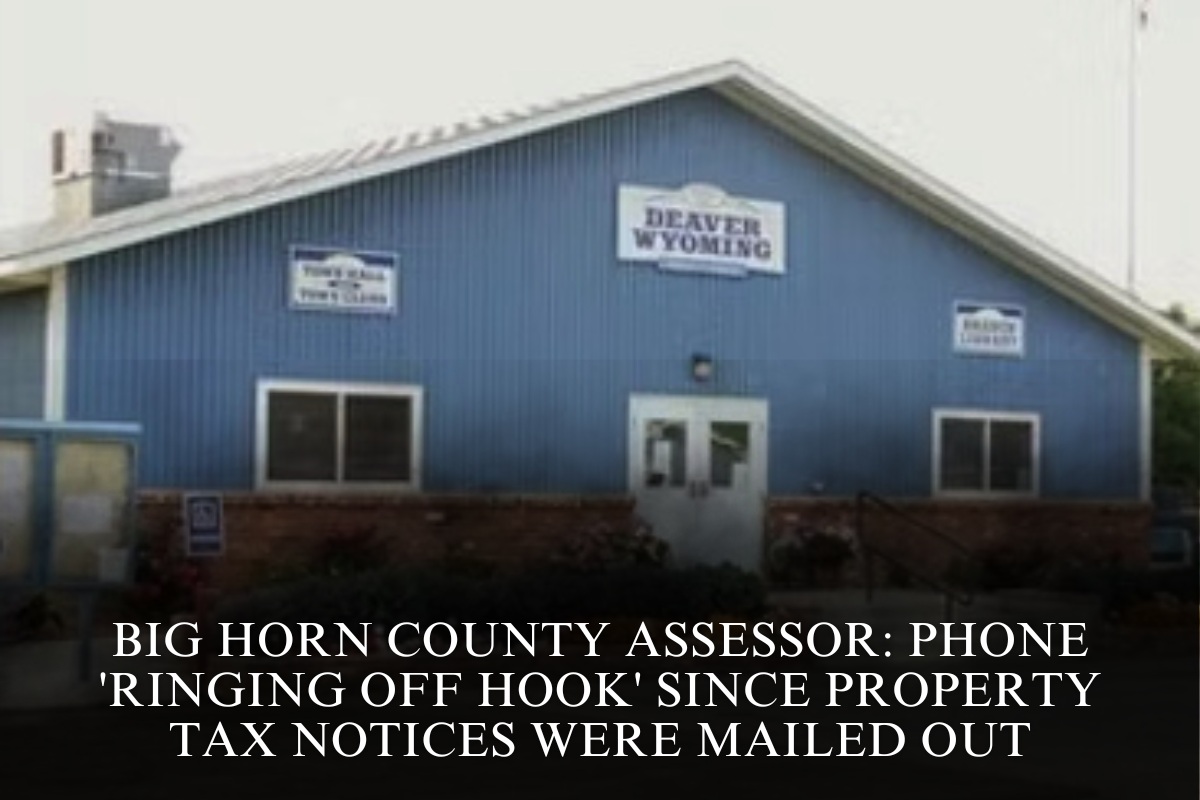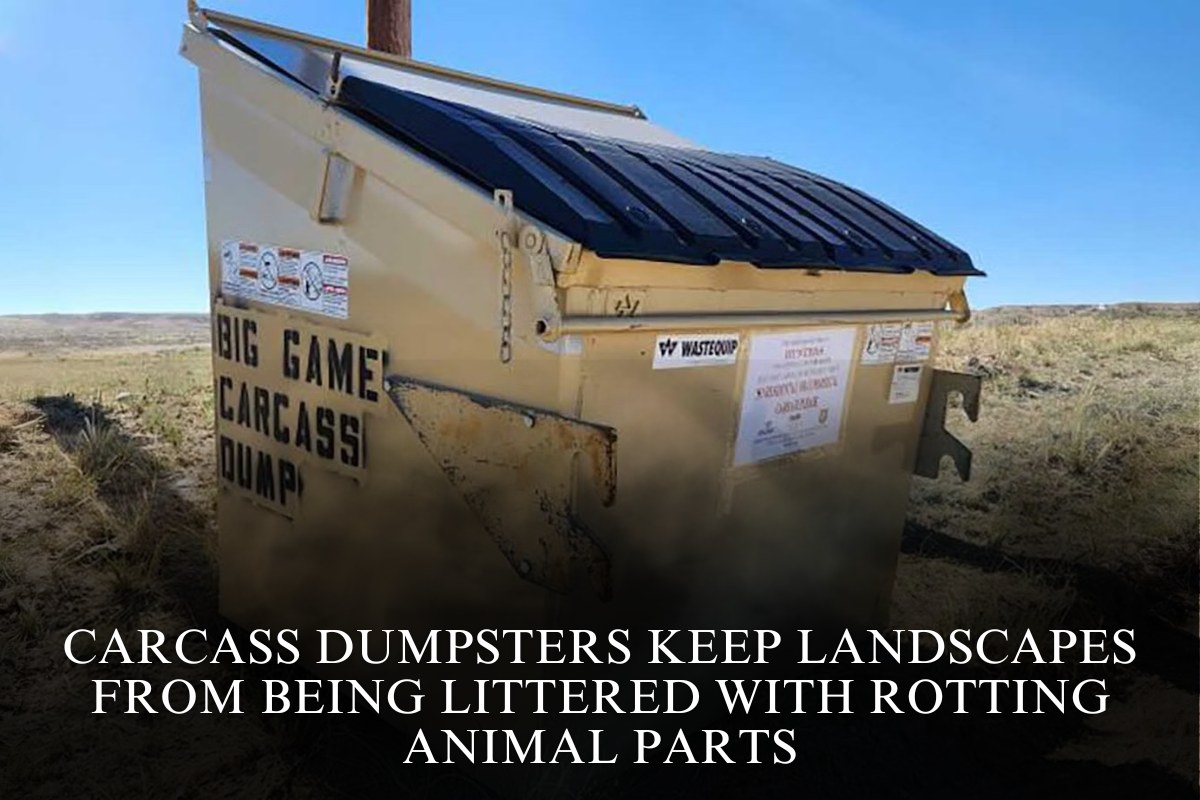LARAMIE, Wyo. — The Sweetwater Carbon Storage Hub, a collaboration between the University of Wyoming’s School of Energy Resources and Frontier Infrastructure Holdings, recently completed drilling operations for a second deep-characterization well, which is an important step toward commercial-scale carbon sequestration in Wyoming.
The J1-15 well, with a total vertical depth of 18,437 feet, is now the deepest Class VI carbon storage well ever drilled in the United States.
Preliminary data from the well is very encouraging, as it shows geological similarities to a proven acid gas injection site just over 25 miles north. These findings support the SCS Hub’s potential as a large-scale, permanent carbon storage facility.
“Drilling and testing a second well on this project has confirmed our preliminary interpretation of the reservoir and is a significant step forward in validating the region’s storage potential,” said Robby Rockey, Frontier president and co-CEO. “This deeper well gives us a more complete picture of the subsurface, reinforcing our commitment to building scalable, practical carbon solutions for Wyoming’s key industries.”
The SCS Hub is a component of the US Department of Energy’s Carbon Storage Assurance Enterprise Initiative, which is co-led by SER and Frontier. The project’s goal is to establish a commercial-scale carbon capture, utilization, and storage hub in Sweetwater County capable of providing long-term, secure carbon dioxide storage for industrial emitters throughout the region.
Following the successful drilling of the project’s first well, the team extended J1-15 to the Madison Limestone, another high-priority formation. This dual-target strategy is critical to determining the hub’s full storage capacity.
The Center for Economic Geology Research at SER leads the geological evaluation. The team collected core samples, well logs, and water from the site, which will be thoroughly analyzed to determine reservoir characteristics and seal integrity.
“Securing Class VI permits and executing a drilling program to this depth required meticulous planning and coordination with multiple regulatory bodies,” said Frontier’s chief development officer, Alicia Summers. “The geological data we’re seeing reinforces why we selected this location and validates our technical approach to developing world-class carbon storage infrastructure.”
Technical outcomes support this strategic approach.
“The decision to deepen the well to the Madison Limestone has proven successful,” said Zunsheng “John” Jiao, CEGR’s program manager and co-principal investigator on the project. “The logging data confirms a continuous zone of strong porosity and flow — indicators of excellent storage potential.”
The team is currently reviewing the data collected from the wells in the storage hub.
The Madison Limestone, which is also used in North America’s largest carbon capture and storage operation and is located 25 miles north of the SCS Hub, has the project team especially optimistic.
“We’ve seen what the Madison can deliver through Shute Creek,” says Rockey. “Now we’re applying those learnings here, with results that are very promising.”
The SCS Hub is making steady progress toward key regulatory and engineering milestones. The following phase will concentrate on detailed modeling, permitting, and planning for future injection operations.
“I’m proud of our team and partners for reaching this critical point,” said CEGR Director Fred McLaughlin. “The data collected from this well is essential to confirming the feasibility of the SCS Hub and advancing Wyoming’s position in the emerging carbon economy.”












